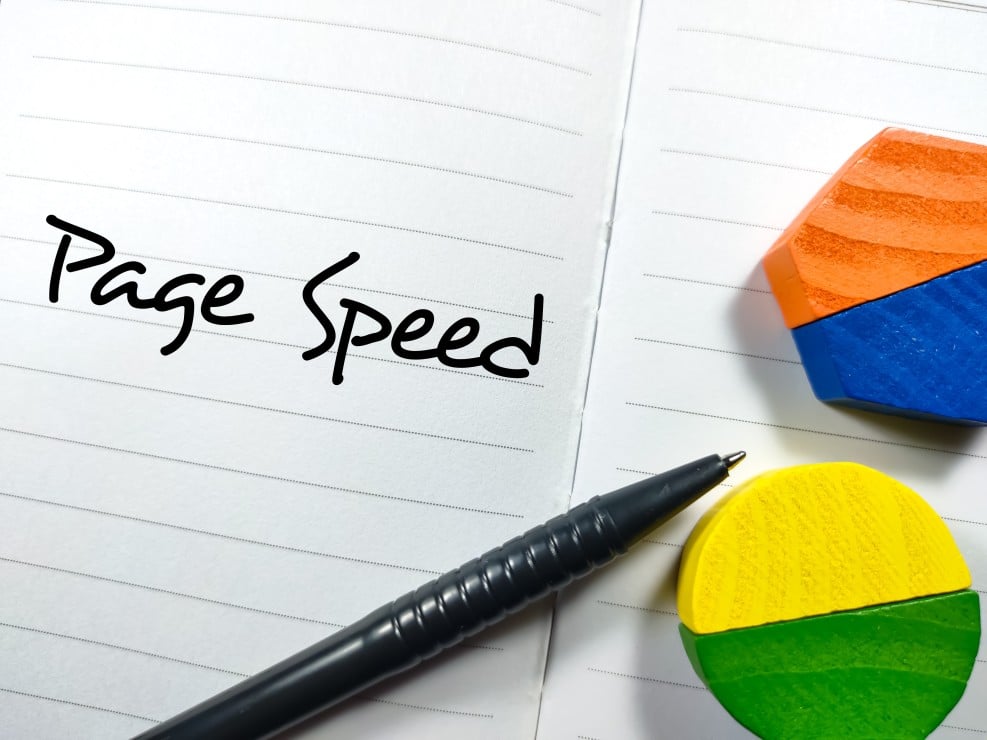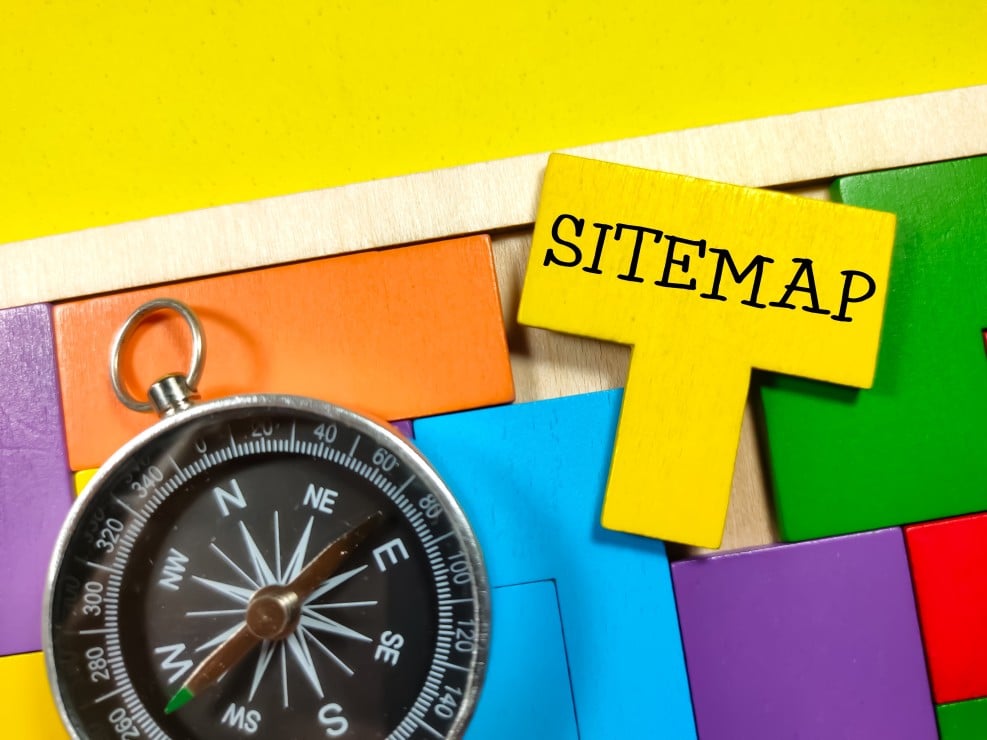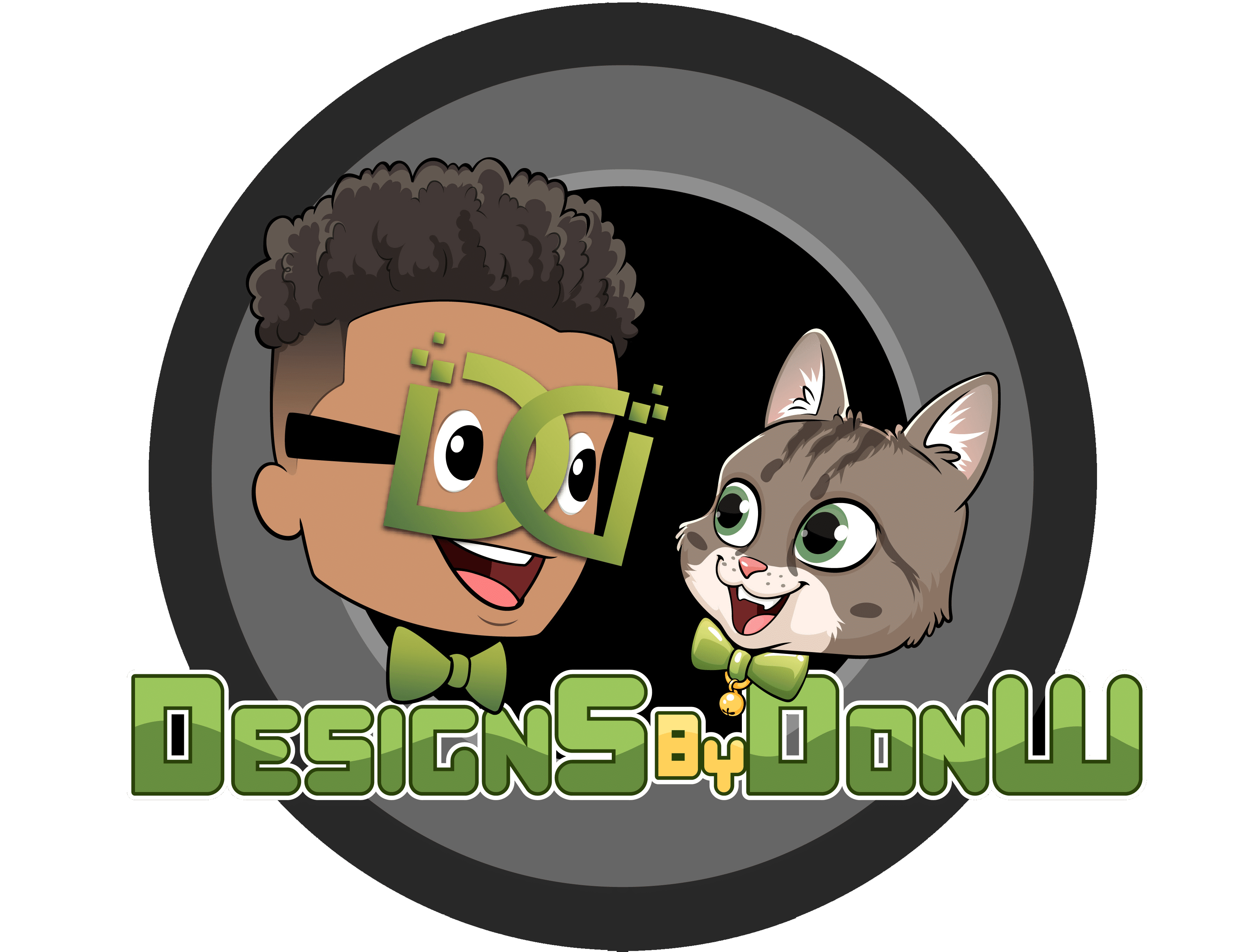Search engine optimization (SEO) and human experience are intimately intertwined. In terms of SEO, a well-designed website increases your ranking, whereas an unattractive website decreases it. The goal here isn’t to deceive the search engine bots, though. For search engine bots, the idea is to make it appear and feel as it would for a human being.
Even search engine robots don’t appreciate the fact that other people dislike them. When a large number of individuals abandon your website, search engines take note and penalize you. Slow loading times, difficult-to-understand language, and an out-of-date design will discourage visitors from participating. For both humans and search engine crawlers, it’s essential to follow good web design rules.
Page load speed:

The speed of a website’s page load is a significant ranking factor for Google, which considers it among the most critical variables. As a result, your visitors will appreciate the speedier website loading time. Additionally, they’ll like their experience and be more likely to return. FCP and FIP are two of the many indicators Google employs to determine how fast a website is, and these values are then compared with data from the actual world.
Websites with many JavaScript or large graphics are more likely to take longer to load. Because of the negative experience with the site’s slowness, visitors are more likely to abandon their search or make a purchase, and they’re also less inclined to return. Your website takes a long time to load because of the large graphics, flash plugins, and other extraneous items. If you do this, you risk losing a significant amount of traffic since visitors will be less inclined to return.
The "404" page:
People are more likely to leave your site if they see a page “404.” If a broken link or a dead website sends people to a 404 error page, they will be angry. This is how most 404 error pages look. You can make it into a page that is easy to use and makes people want to stay on your website with a bit of planning and design. Make a 404 page that’s both interesting and eye-catching by coming up with new ideas. When someone clicks on a link that doesn’t work or doesn’t exist, make it very clear that they did not choose the right one. Add a search bar to your 404 pages so more people can find the information they need.
Even if you don’t have any dead links on your website, someone will still get a 404 error. For example, a website user might type in the wrong URL, which leads to a 404 page. A lot more people will spend time on your website, and the bounce rate will go down because of this. They will help you improve your search engine rankings in the long run.
The navigation design:
There should be an easy way for your site’s users to get around if you have an organized navigation system in place. People will leave if your site takes a long time to load or is out of date. To help people, you need to make the website as easy and pleasant to use as possible.
Having a well-designed navigation system makes sure that your visitors spend as much time on your website as possible. It’s exactly what you want to happen. Helps streamline the process of finding what they need. Visitors should be excited about the content on the site. The design of a navigation system is essential for both users and search engines. If your website doesn’t have exemplary web architecture, it may not be SEO-friendly. This can hurt your search engine rankings.
Sitemaps:
Crawling your site may be made easier in a variety of ways by web design. An essential part of optimizing your website is making sure it has a sitemap that search engines can easily crawl. Search engines need a sitemap to help them find the pages and data on your website. Your site’s most significant pages may be communicated to search engines by using this tool
This is critical for both established websites and those that are just getting started. Sitemaps help visitors find their way around the site. Your sitemap might be helpful to a new visitor to your site who isn’t sure where to go. Search engines will find your sitemaps more quickly if they offer crucial information about your web pages.

Reading experience:
Learn new topics and get solutions to your queries by visiting various websites on the internet. When it comes to search rankings, the readability of a site is a critical consideration. Visitors to your website who cannot read the content will not be able to use the services or products you offer.
Use large, powerful serif or sans serif fonts to make your website’s headers and copy blocks easier to read. Creating a user-friendly website is essential to attracting and retaining visitors. More users may stay on your website longer, your bounce rate will be reduced, and more people will read your content. You can increase your search engine rankings by doing all of these things.
Images and their alt tags:

Image file names are so brief that you may overlook their significance, yet they may be critical to the performance of your website. For example, before you call something header-2.jpg, consider the following. Similarly, alt tags are required for your images. However, you may imagine that just the text on your website may be altered. Additionally, your designers should adhere to a few basic guidelines while sending images to your website. Instead, it is preferable to use keywords and descriptions that describe the image’s subject matter to Google.
Approximately a quarter of all Google searches end up with images. According to statistics, visual search tools are preferred by most younger individuals who use search engines. Use alt tags to help Google’s search algorithm better understand your photographs. Your photo may appear in their search results when a user’s demands are met.
Verdict:
It’s no secret that search engine optimization is heavily influenced by web design. People may not be able to find their way through your website if it is challenging to navigate. When you make changes to the appearance of your website, you alienate your target audience and lower your website’s rating in search engine results. A well-designed website with simple navigation and high-quality images can surely aid in search engine optimization (SEO).
Using SEO in conjunction with good site design maximizes its effectiveness, and improving your web design doesn’t have to be complicated. Using these hints when creating your site, you may be on your way to the better rankings you’ve been losing out on.
